October 29, 2025
Data Shows Endangered Palau Ground Doves Swiftly Recovering After Successful Palauan Island Conservation Effort
Astounding evidence of recovery on Ulong Island in Palau after just one year!
Published on
May 1, 2017
Written by
Emily Heber
Photo credit
Emily Heber
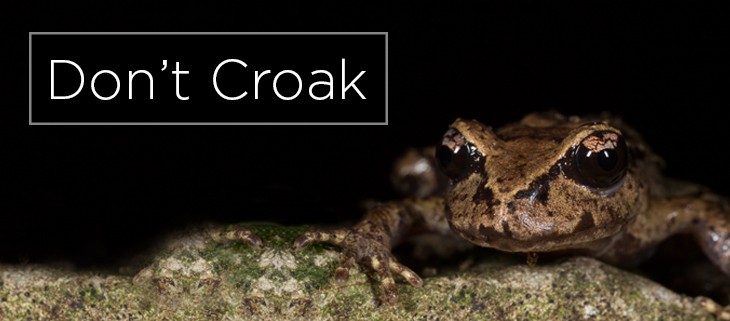
Frogs might not be as cute as some other endangered animals, but they are incredibly important in their native environments. Frogs are frequently one of the first species to be lost in an ecosystem due to their sensitivity to pollution, environmental change, and disease.
New Zealand’s native frogs are no exception. New Zealand once had seven native frog species, three of which have been lost to invasive species such as rats. The remaining four are endangered and distinctive in their inability to croak and their reproductive process.

If you are in New Zealand and hear a croak, then you are hearing a non-native species. The four species that are native do not make croaking noises because they lack an eardrum and voice box. If you hear a frog then you are probably hearing a Whistling Frog, a Southern Bell Frog, or a Green and Gold Bell Frog, all of which are native to Australia—not New Zealand. Native frogs are able to make chirping noises, but a croak means invasive.
Remember the frog life stages you learned in school as a kid? Unless you went to school in New Zealand, what you learned likely does not apply to these native frogs. New Zealand’s native frogs have different life stages from those that live elsewhere. The main difference? No tadpole stage. Mothers give birth to tiny frogs!
New Zealand is known for its unique and endangered species and these frogs are no exception. One species, the Hamilton’s frog, is considered to be one of the most endangered frog species in the world with a population of approximately 300. The species is isolated in a predator-proof fence on Stephens Island in Cook Straight today, but it was once spread throughout New Zealand.
The Maud Island Frog, has a second population on Motuara Island that was created by the Department of Conservation in 1997 to prevent their extinction. The relocation has served its purpose and prevented a die-off of the species, but these frogs are not yet in the clear.
In New Zealand and throughout the world, conservation for frog species is necessary and hopefully these unique species will not “croak” anytime soon.
Featured photo: Maud Island Frog. Credit: Chris Helliwell
Source:
New Zealand Stuff
Science Learn
Check out other journal entries we think you might be interested in.

October 29, 2025
Astounding evidence of recovery on Ulong Island in Palau after just one year!
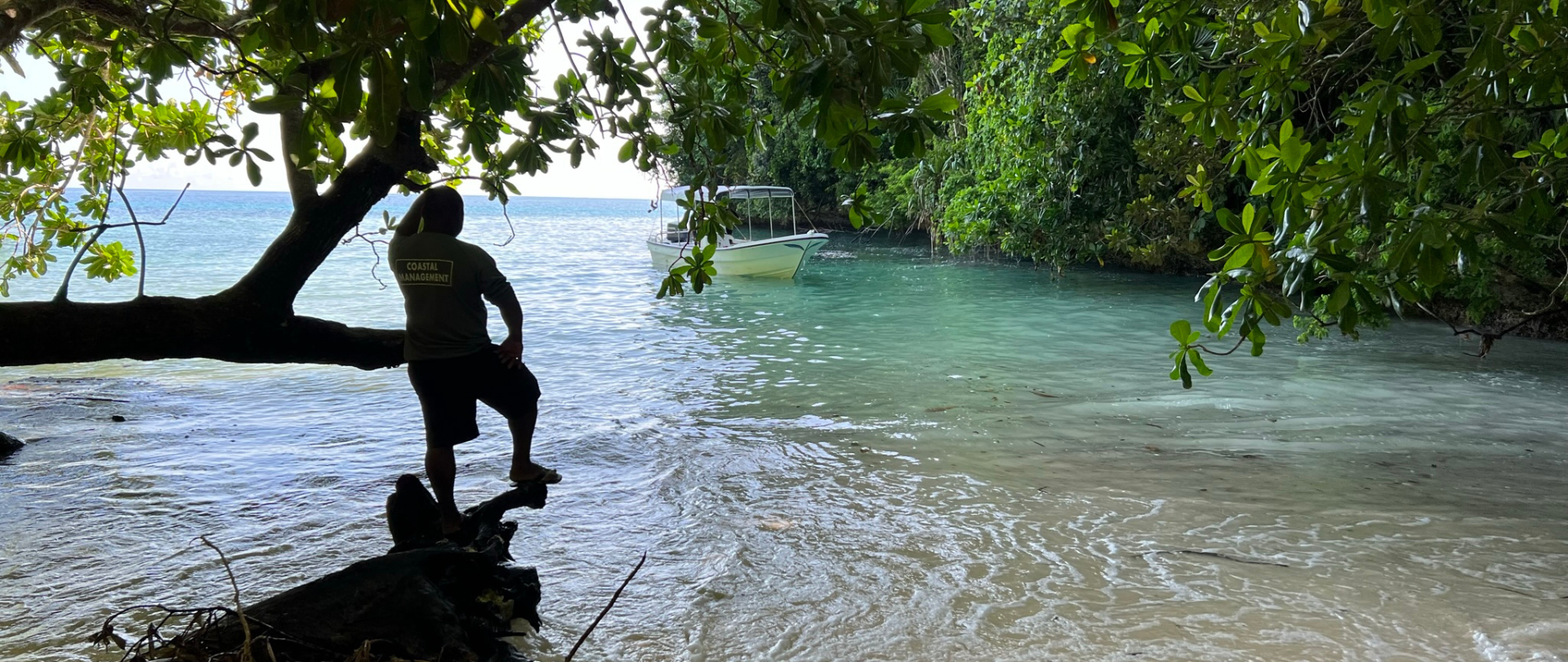
May 19, 2025
Read our position paper on The 3rd United Nations Ocean Conference (UNOC 3) to see why we're attending and what we aim to accomplish!
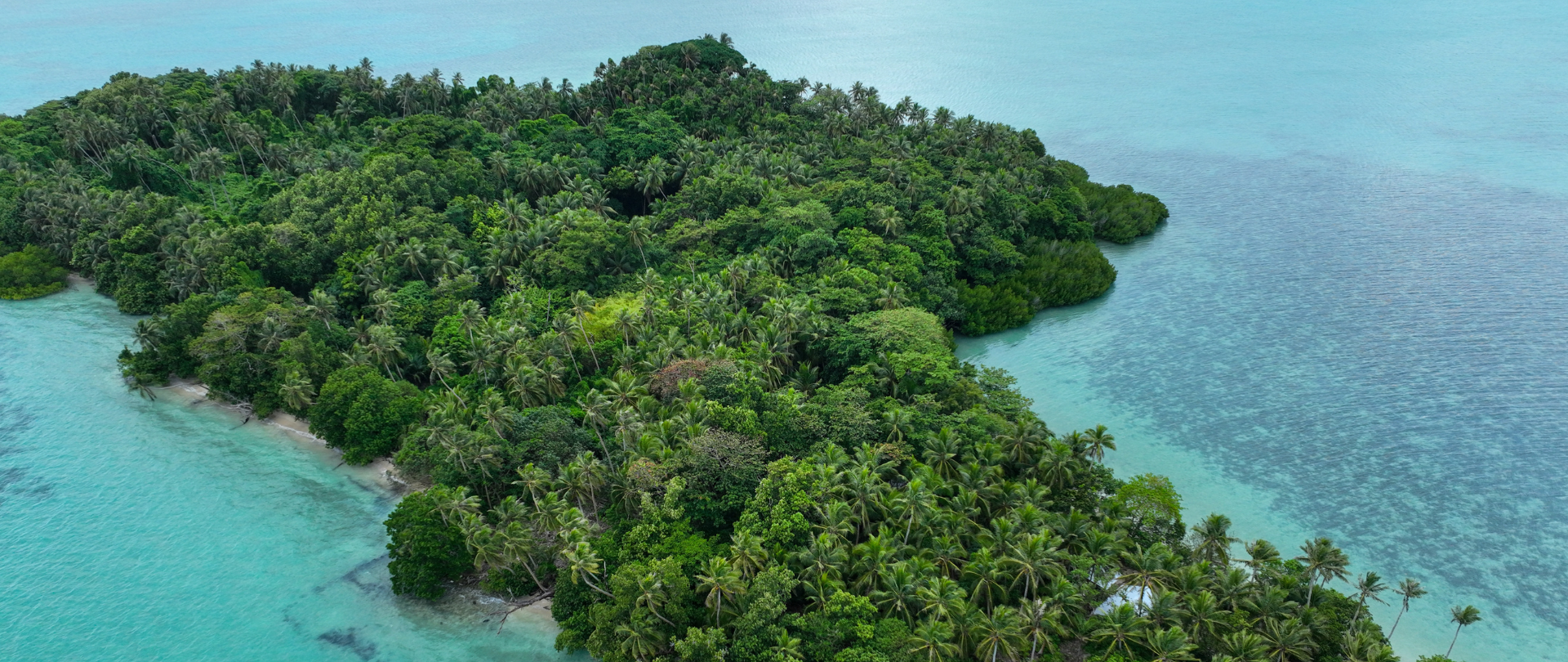
December 4, 2024
Ann Singeo, founder of our partner organization the Ebiil Society, shares her vision for a thriving Palau and a flourishing world of indigenous science!
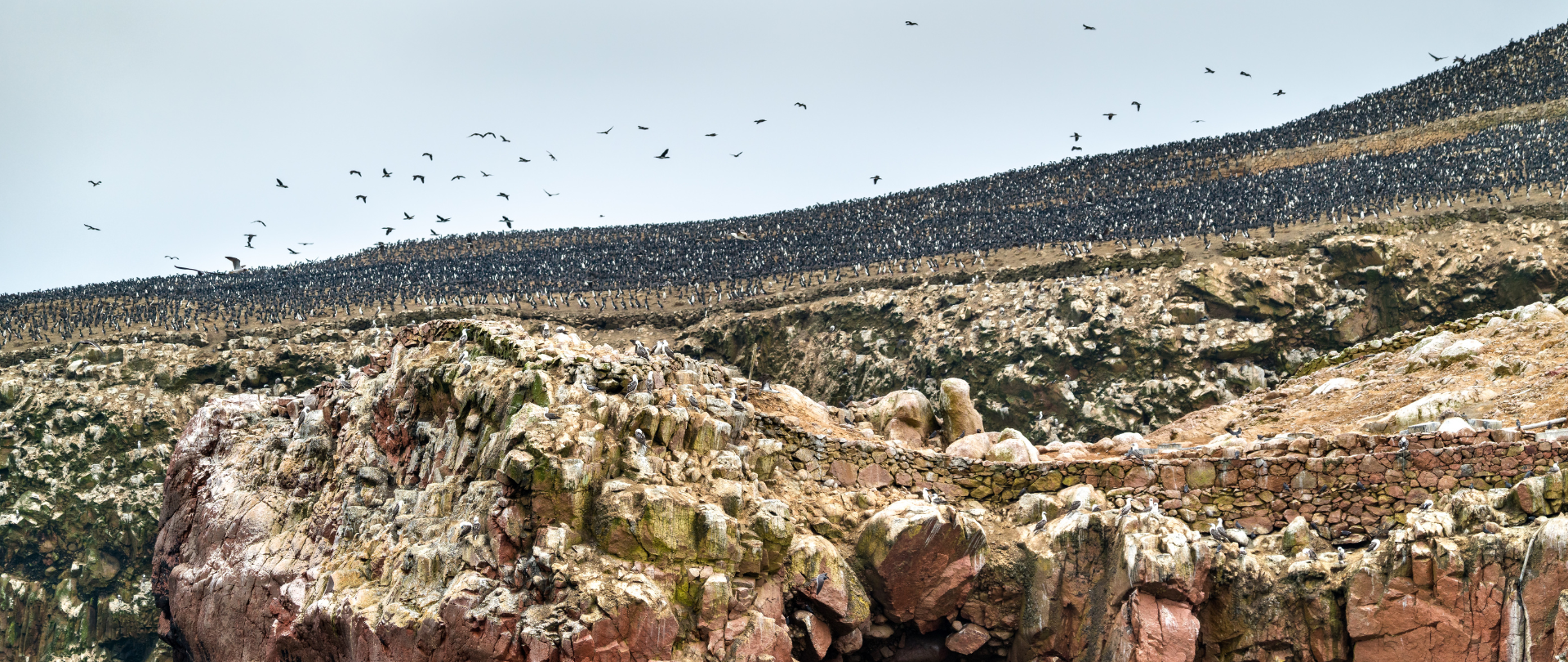
November 22, 2024
This historic agreement aims to protect the marine and coastal areas of the Southeast Pacific.
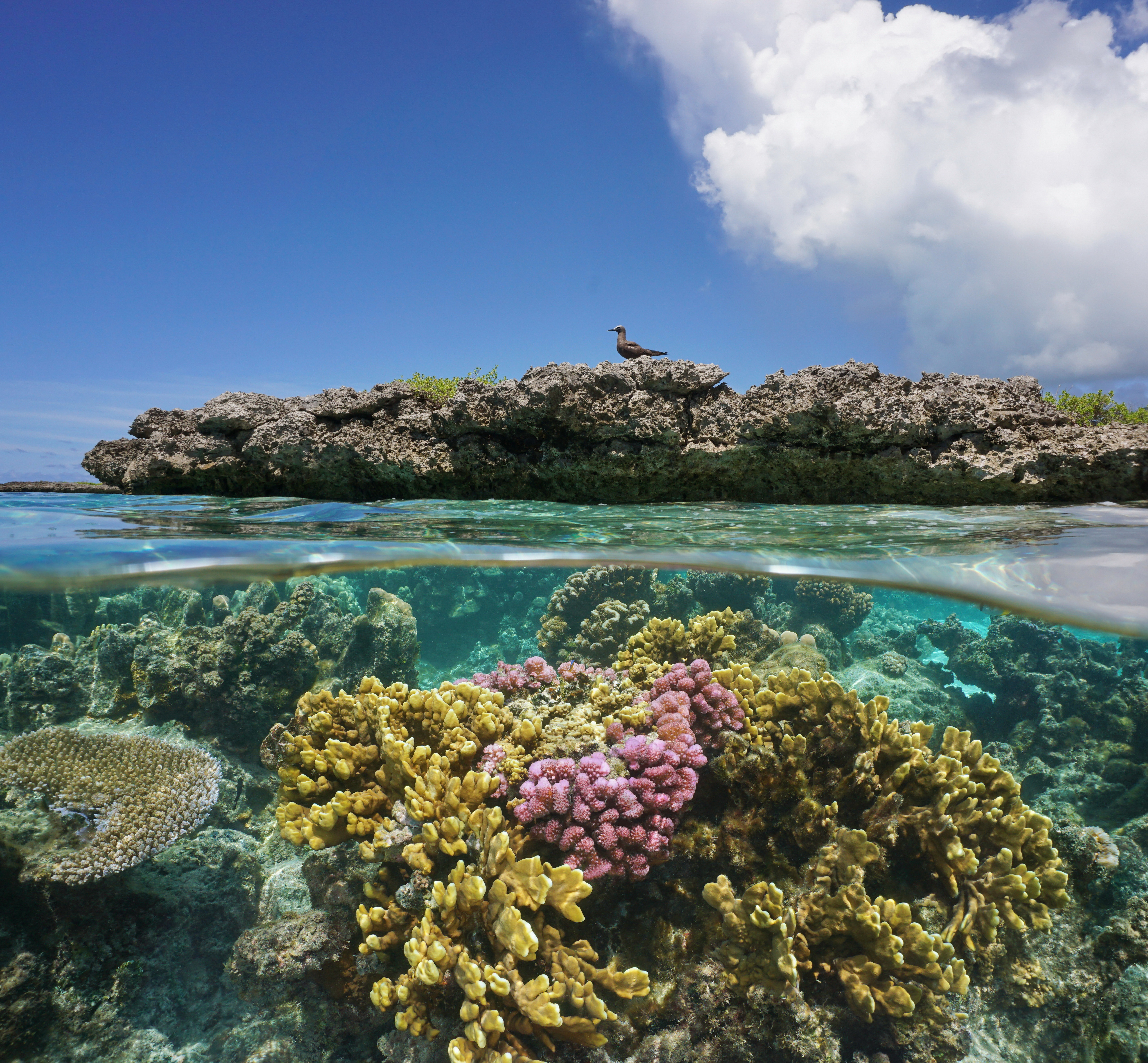
November 18, 2024
Our projects to restore key islets in Nukufetau Atoll forecast climate resilience and community benefits in Tuvalu!

October 3, 2024
Island Conservation and partners have published a new paper quantifying ecosystem resilience on restored islands!
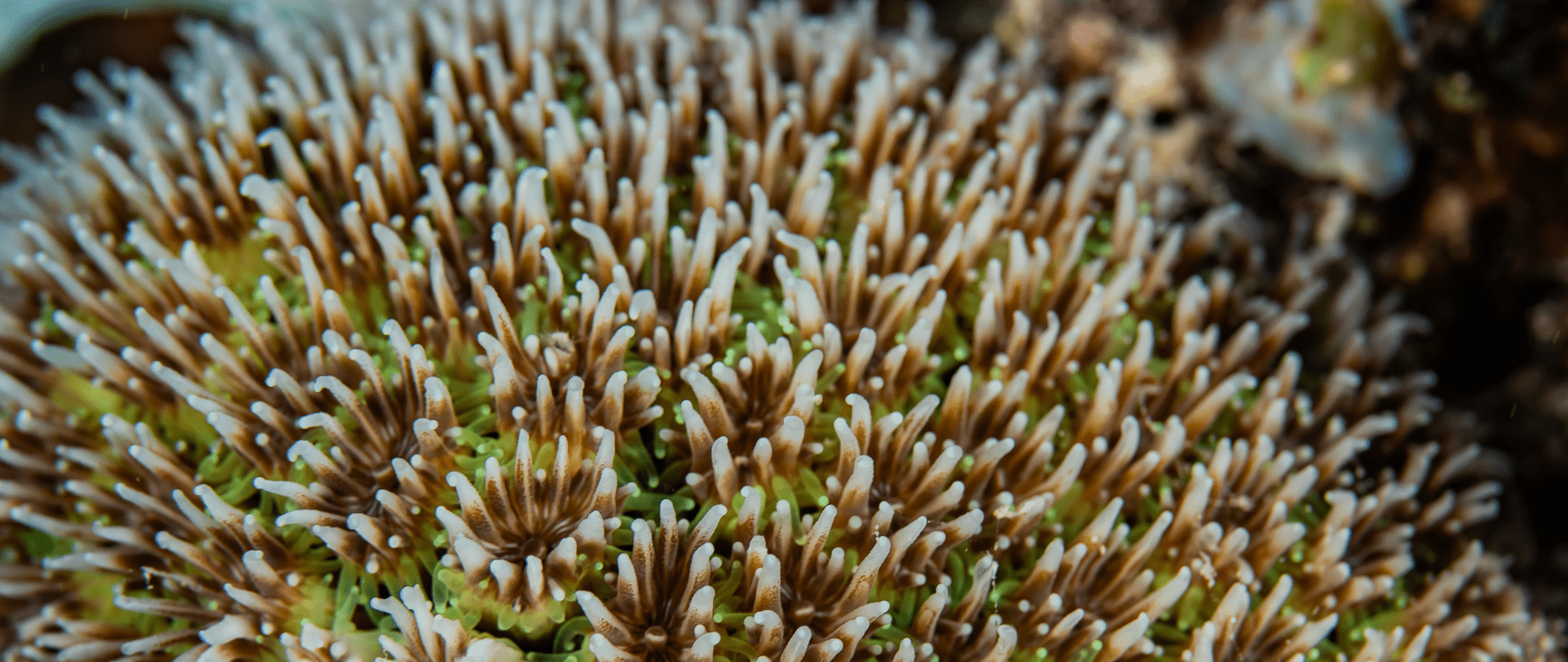
September 10, 2024
Climate Week NYC: what is it and why is it important? Read on to find out why Island Conservation is attending this amazing event!
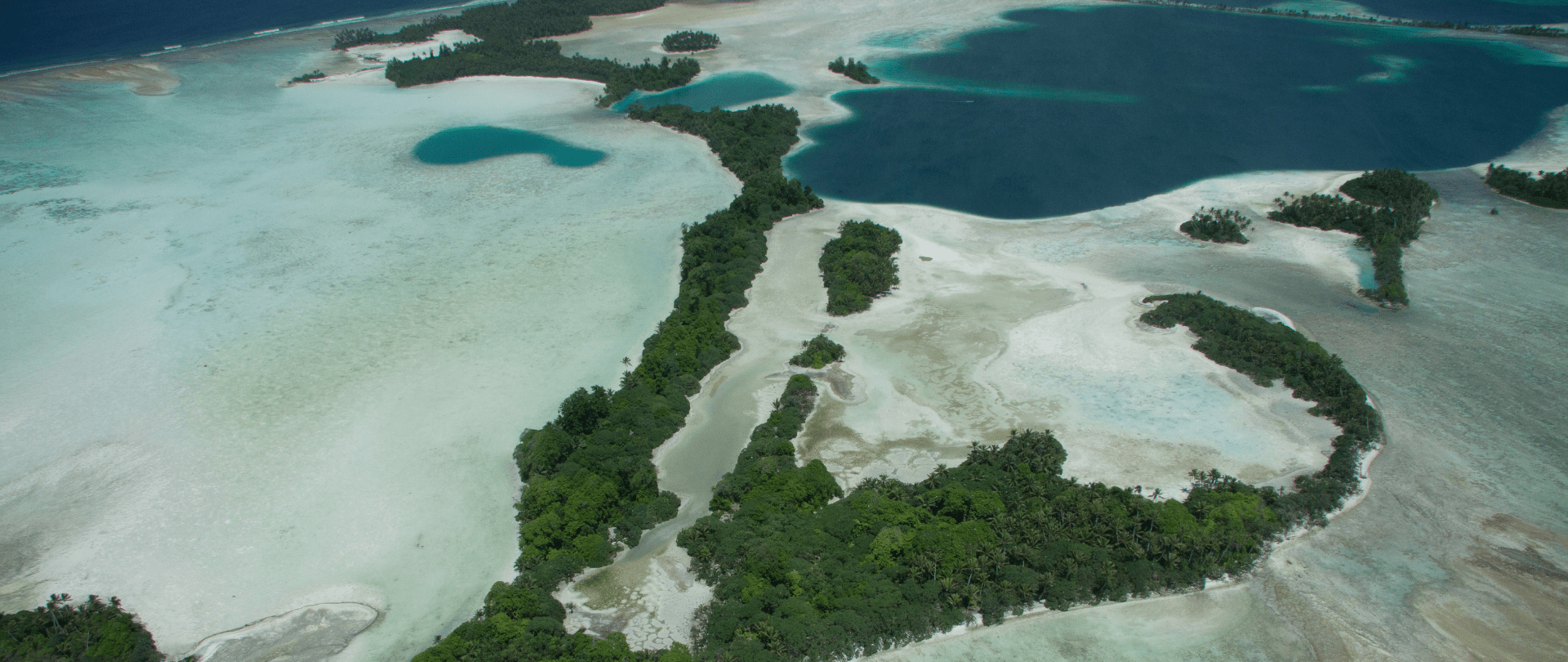
September 5, 2024
With sea levels on the rise, how are the coastlines of islands transforming? Read on to find out how dynamic islands really are!

December 14, 2023
Join us in celebrating the most amazing sights from around the world by checking out these fantastic conservation photos!
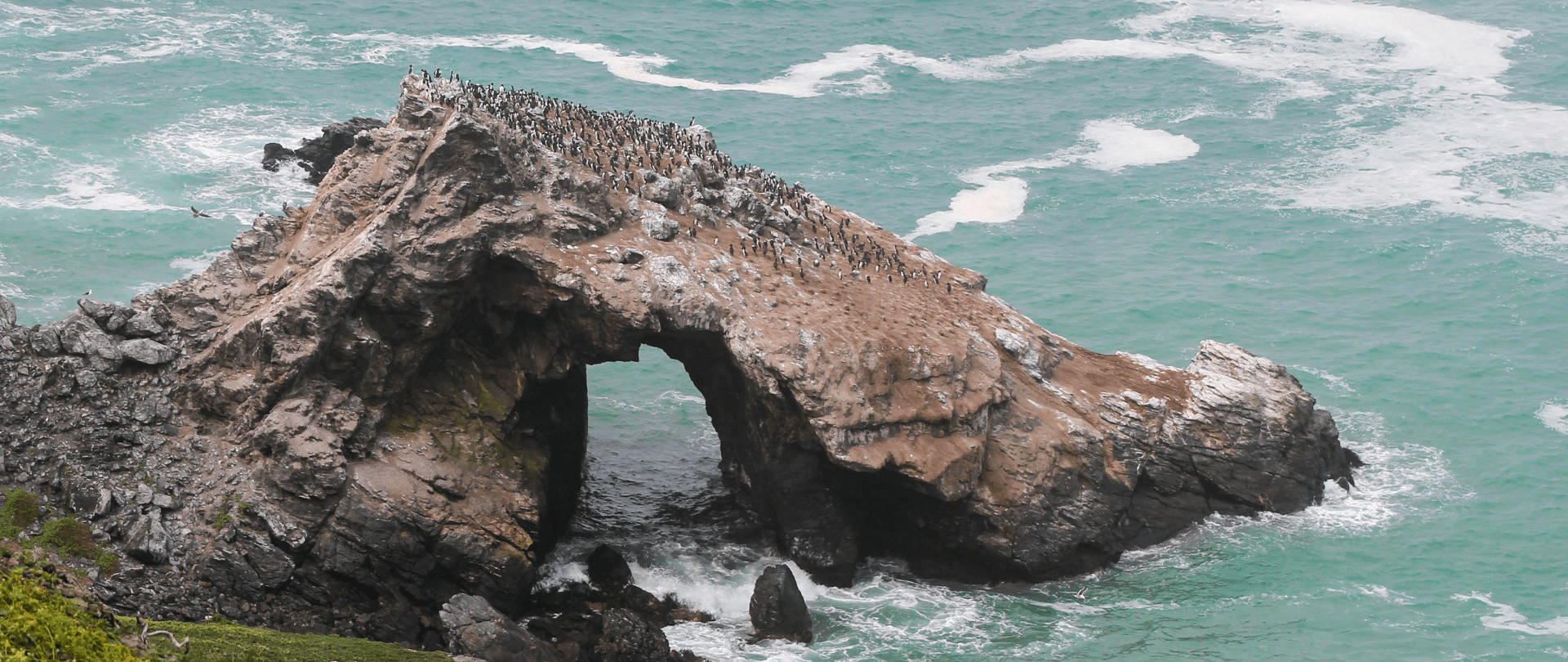
November 28, 2023
Rare will support the effort to restore island-ocean ecosystems by engaging the Coastal 500 network of local leaders in safeguarding biodiversity (Arlington, VA, USA) Today, international conservation organization Rare announced it has joined the Island-Ocean Connection Challenge (IOCC), a global effort to…